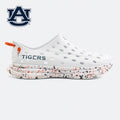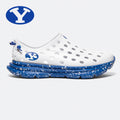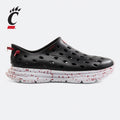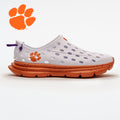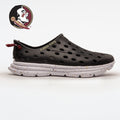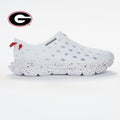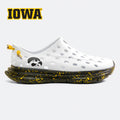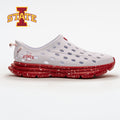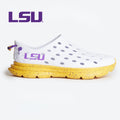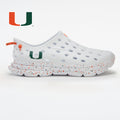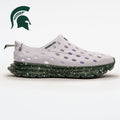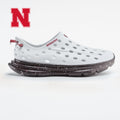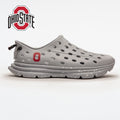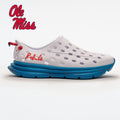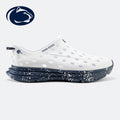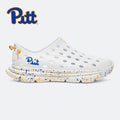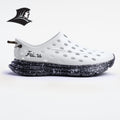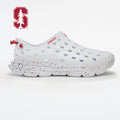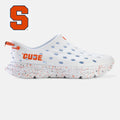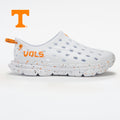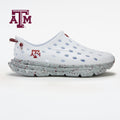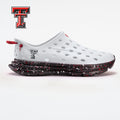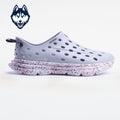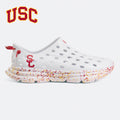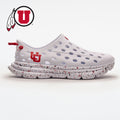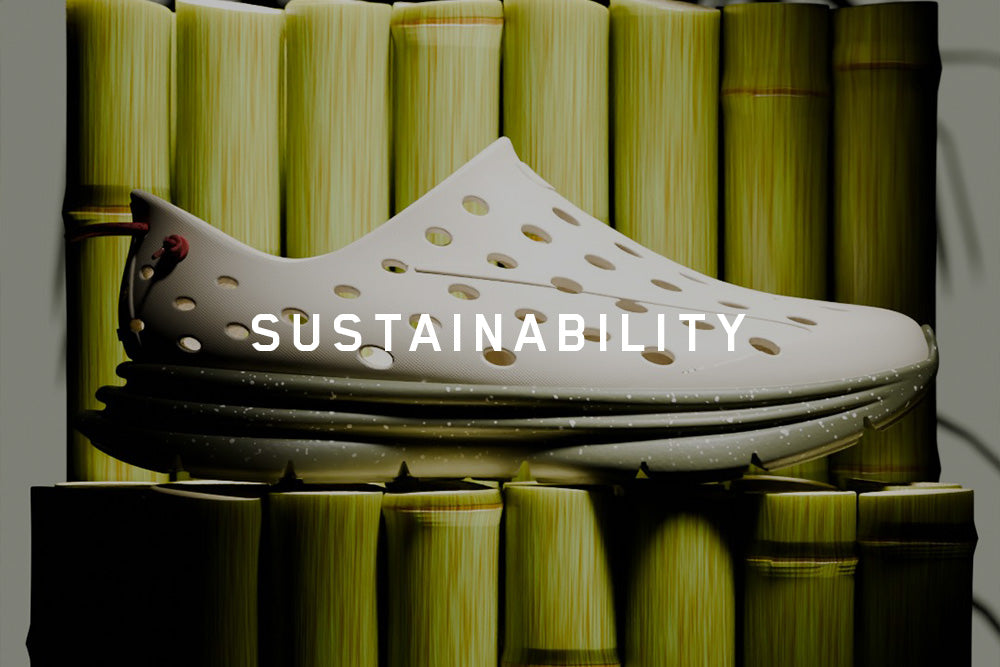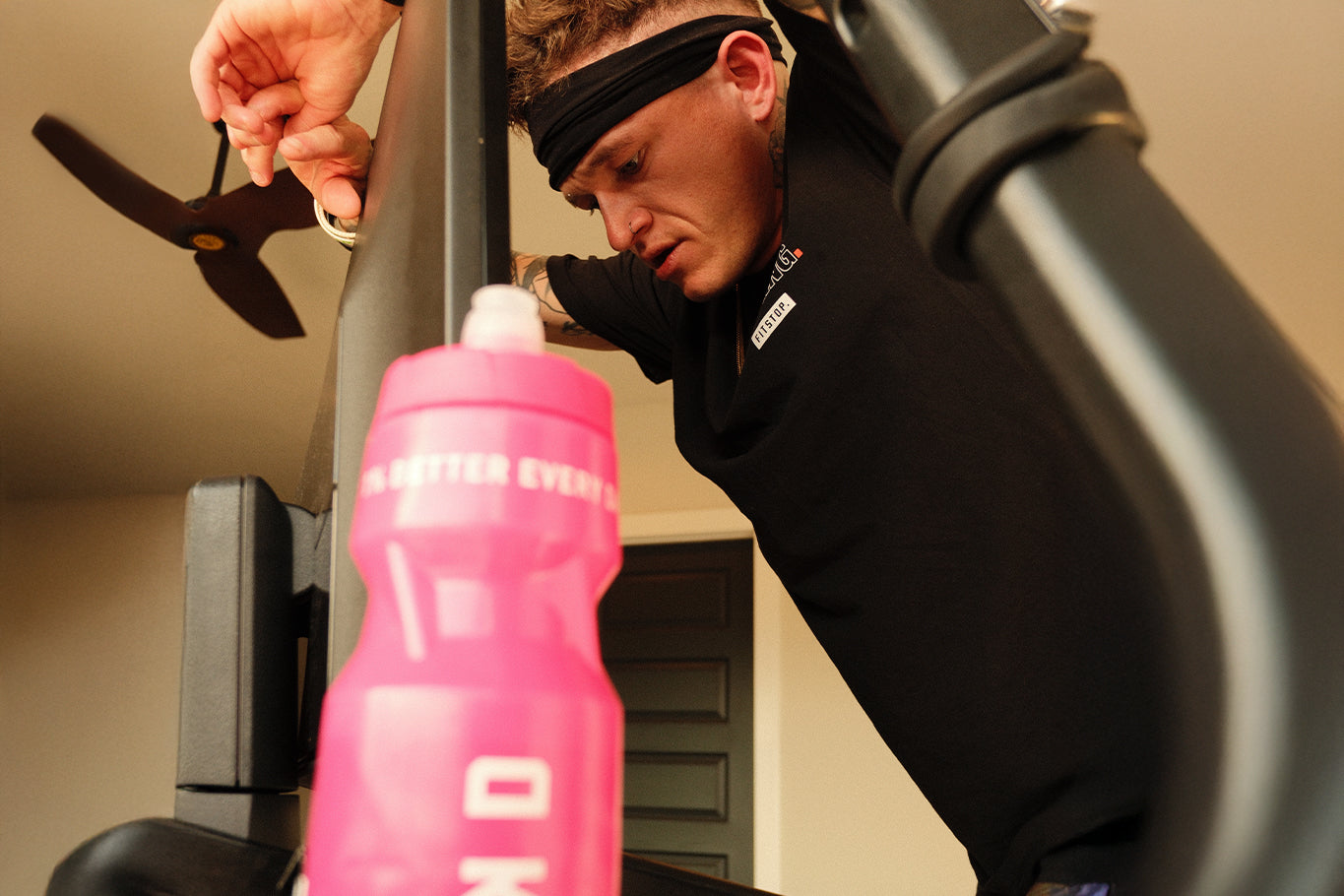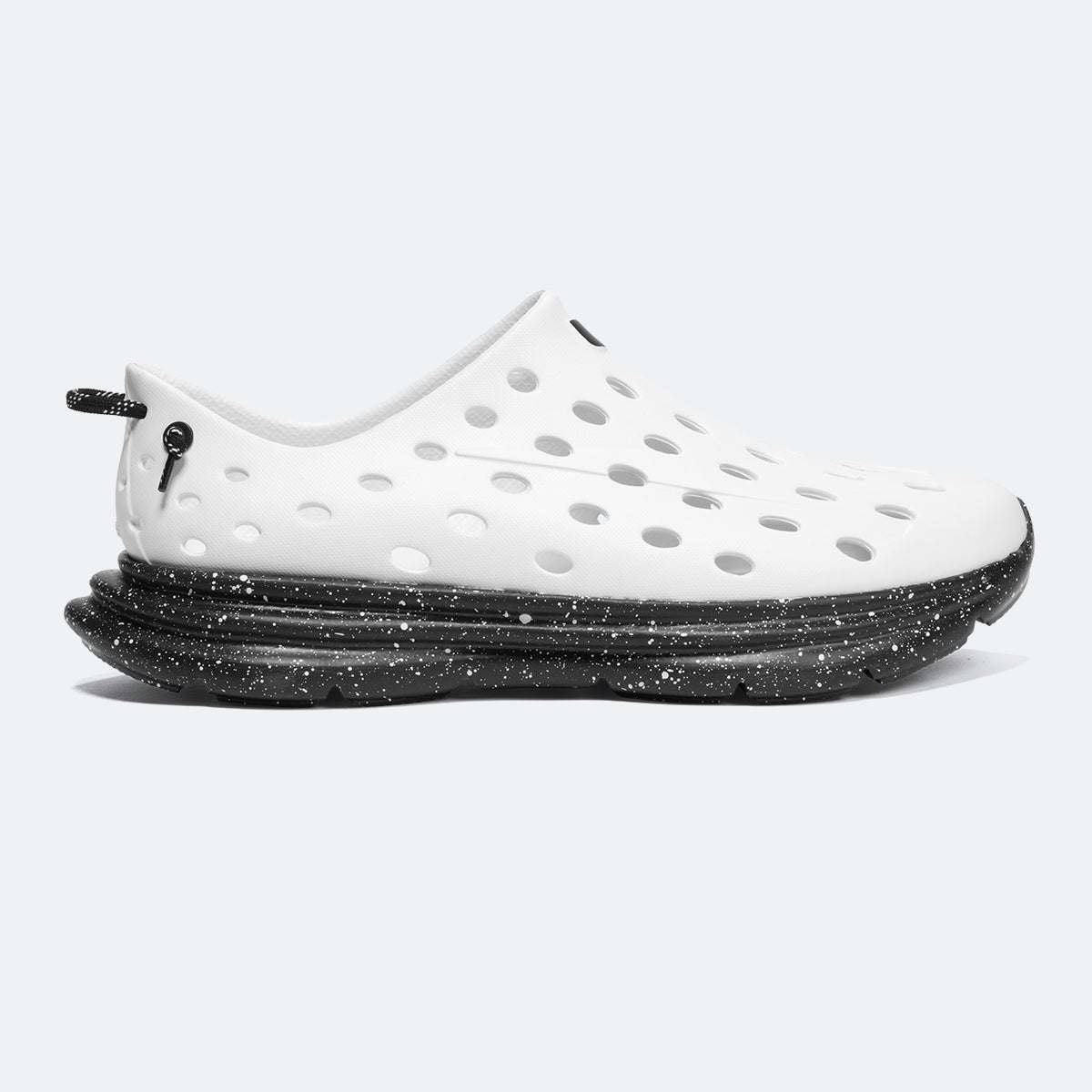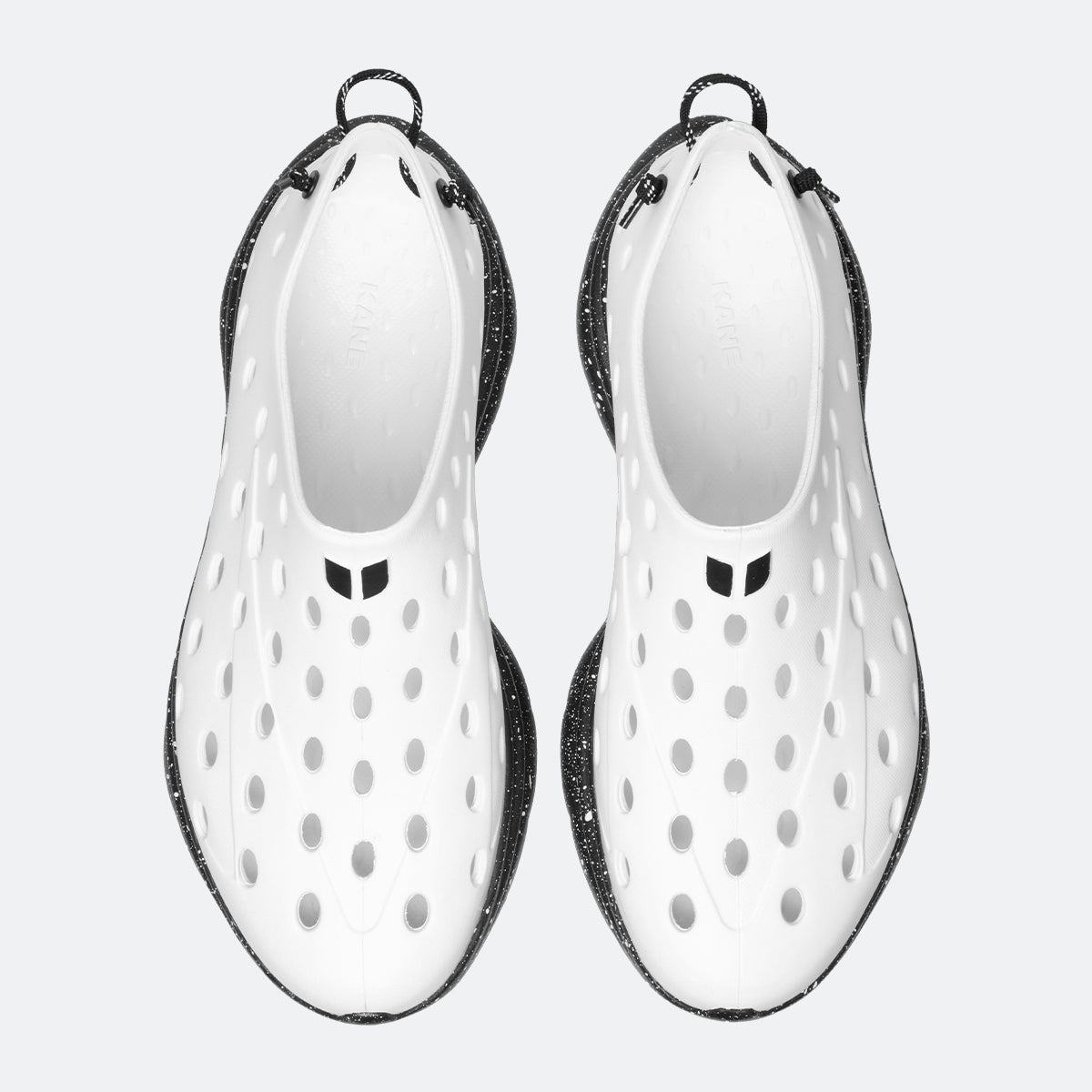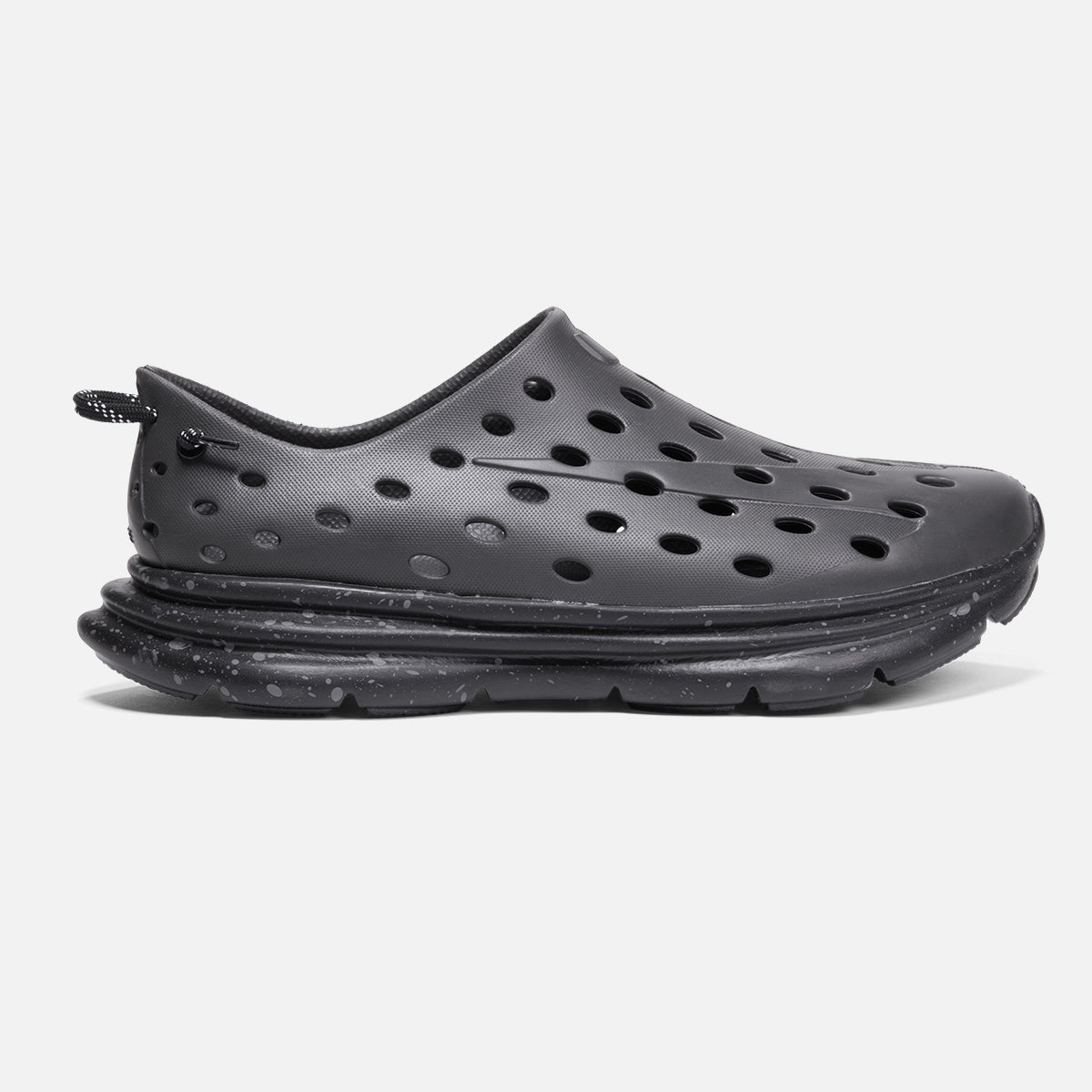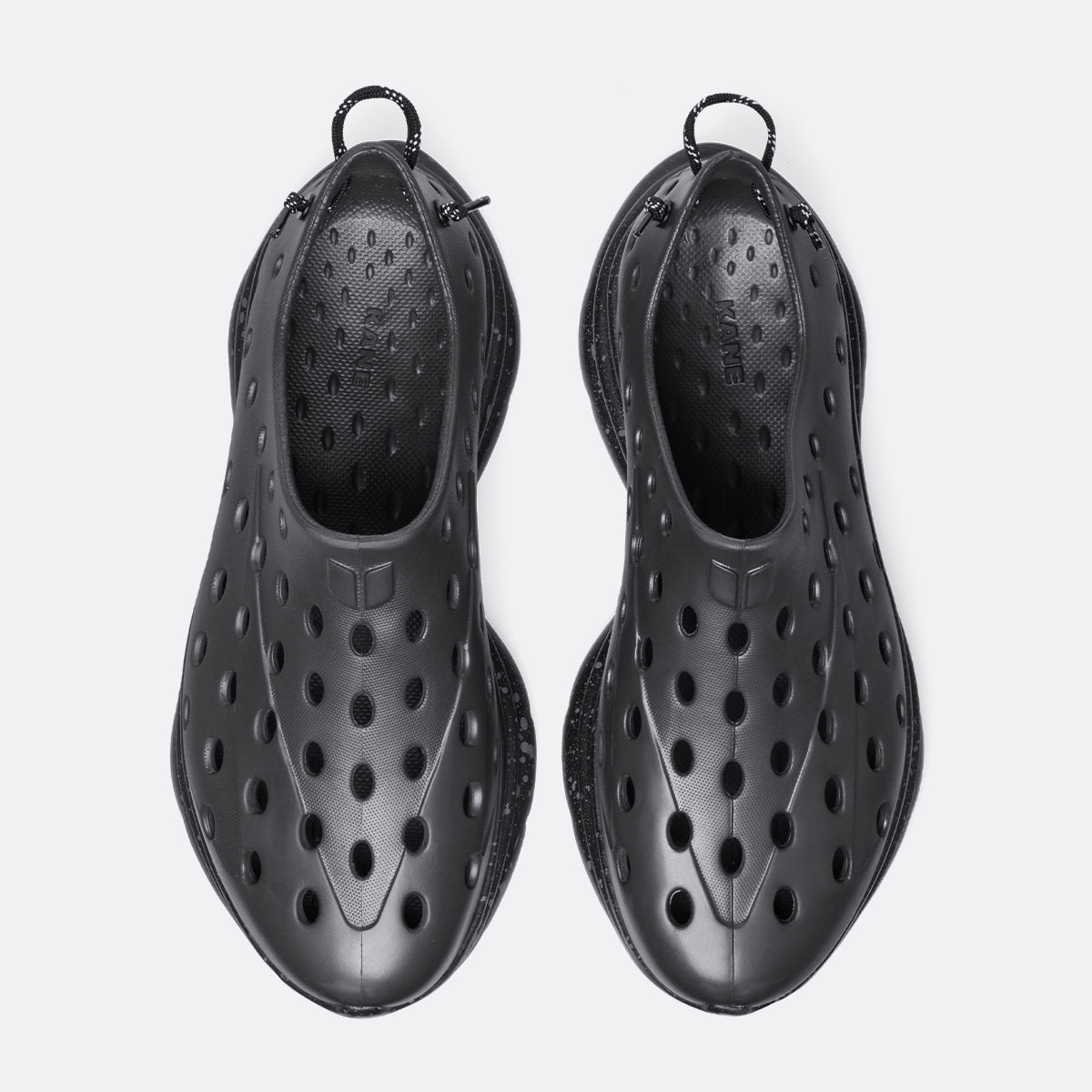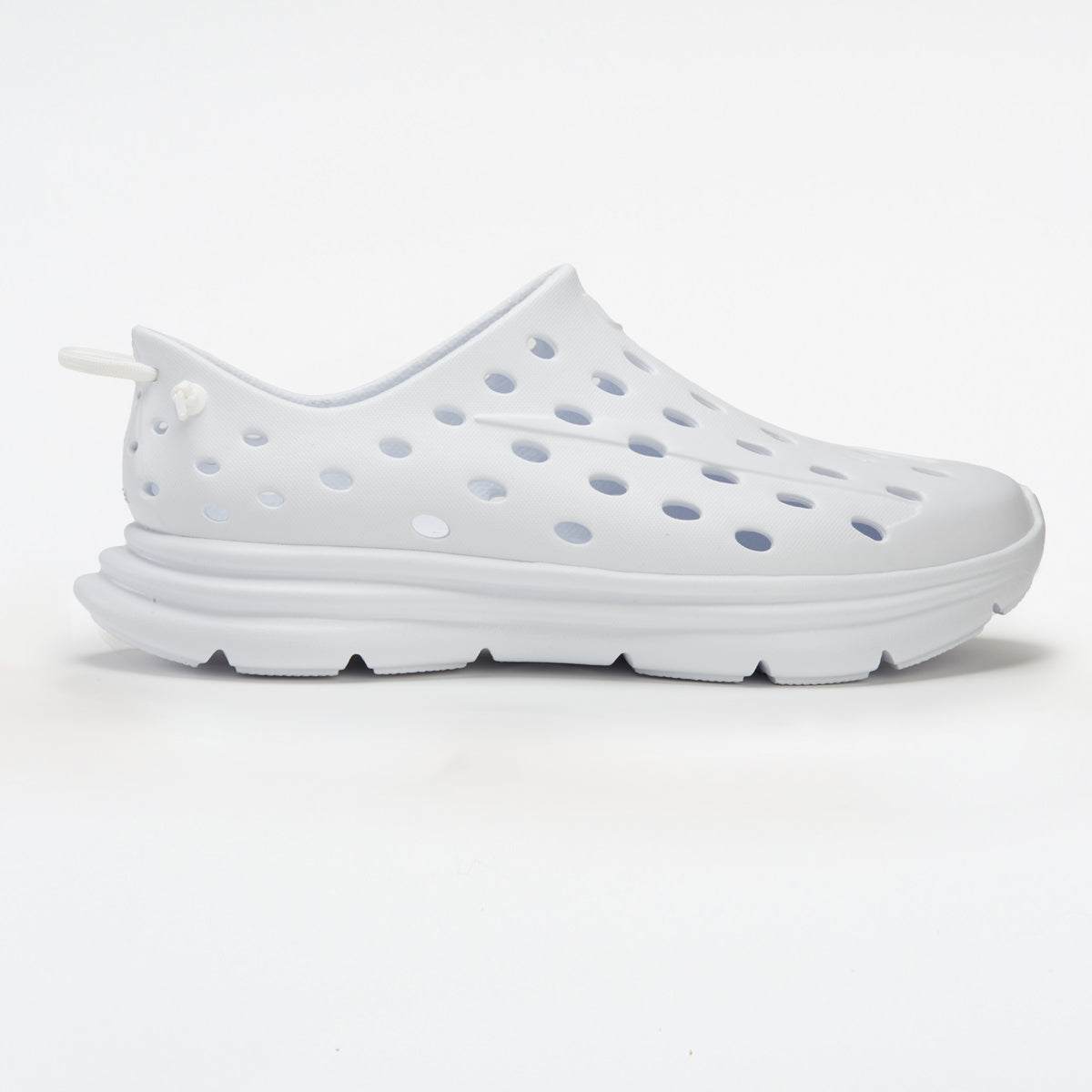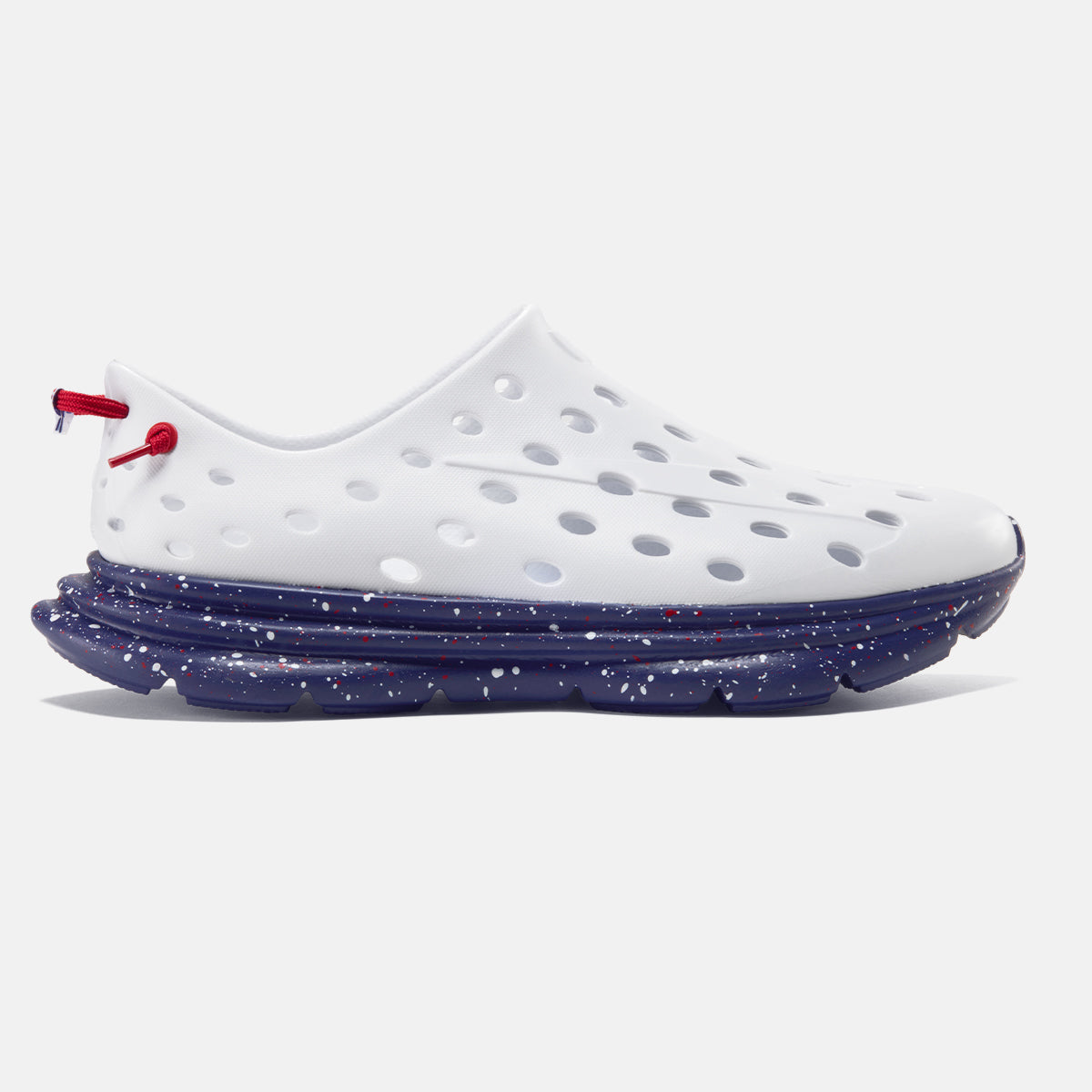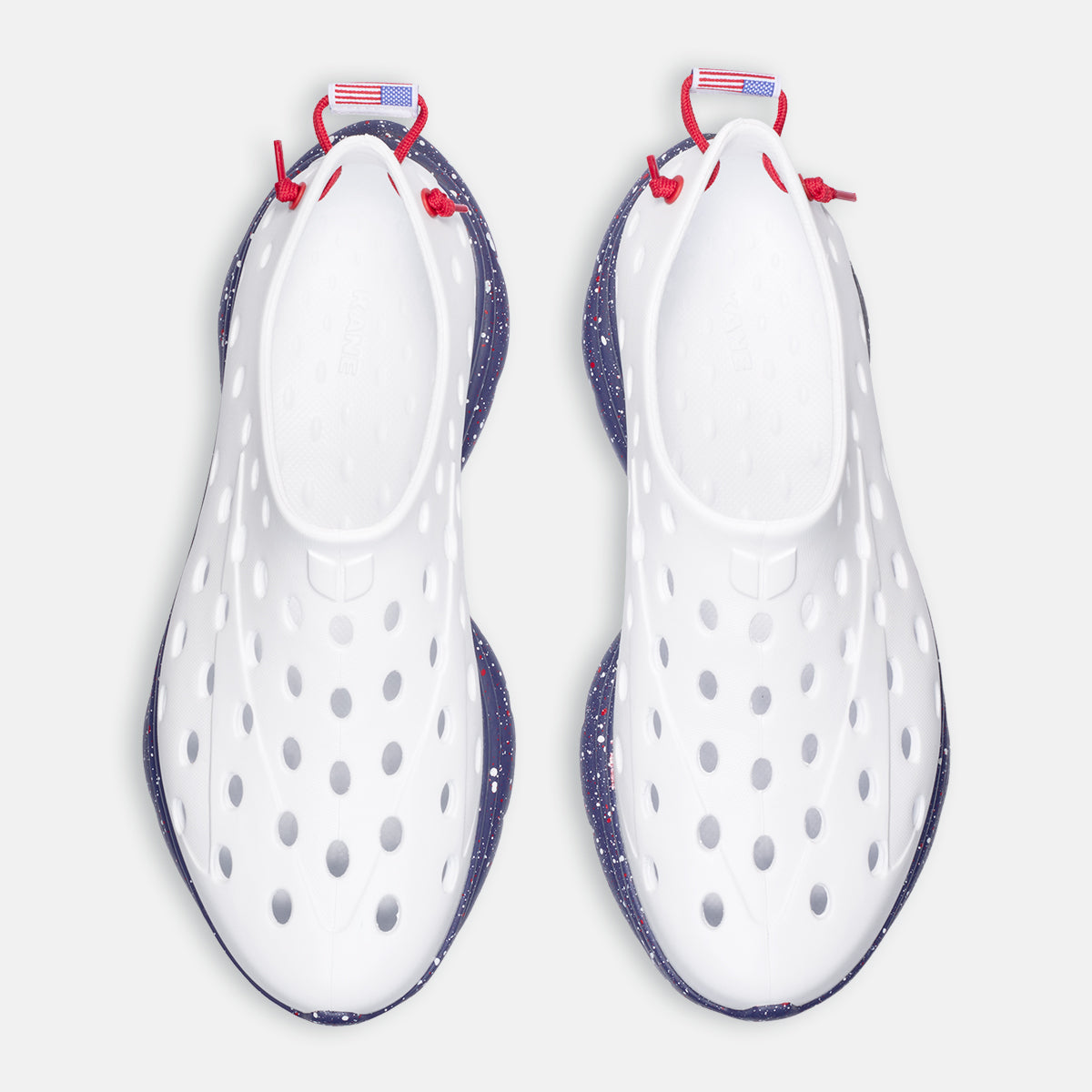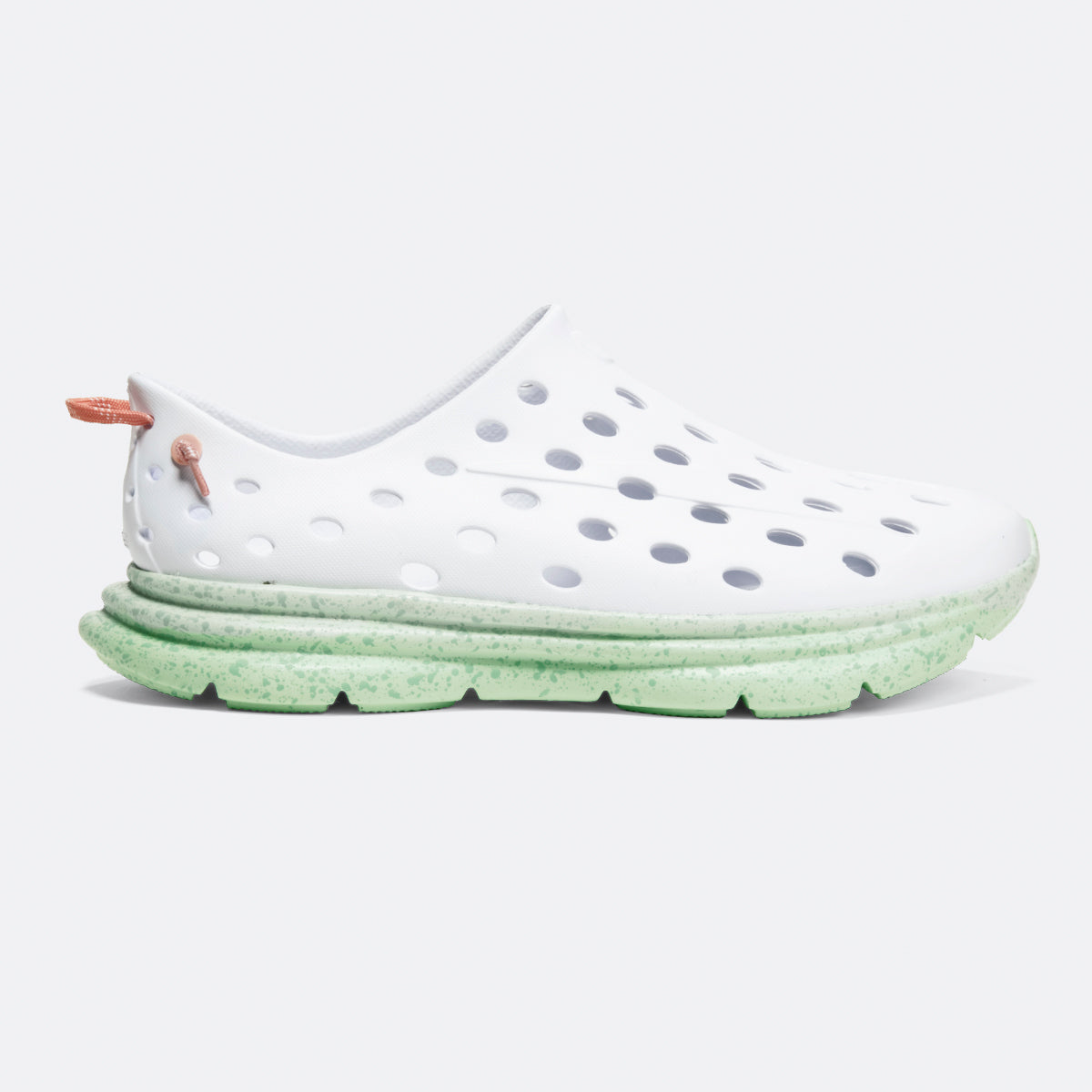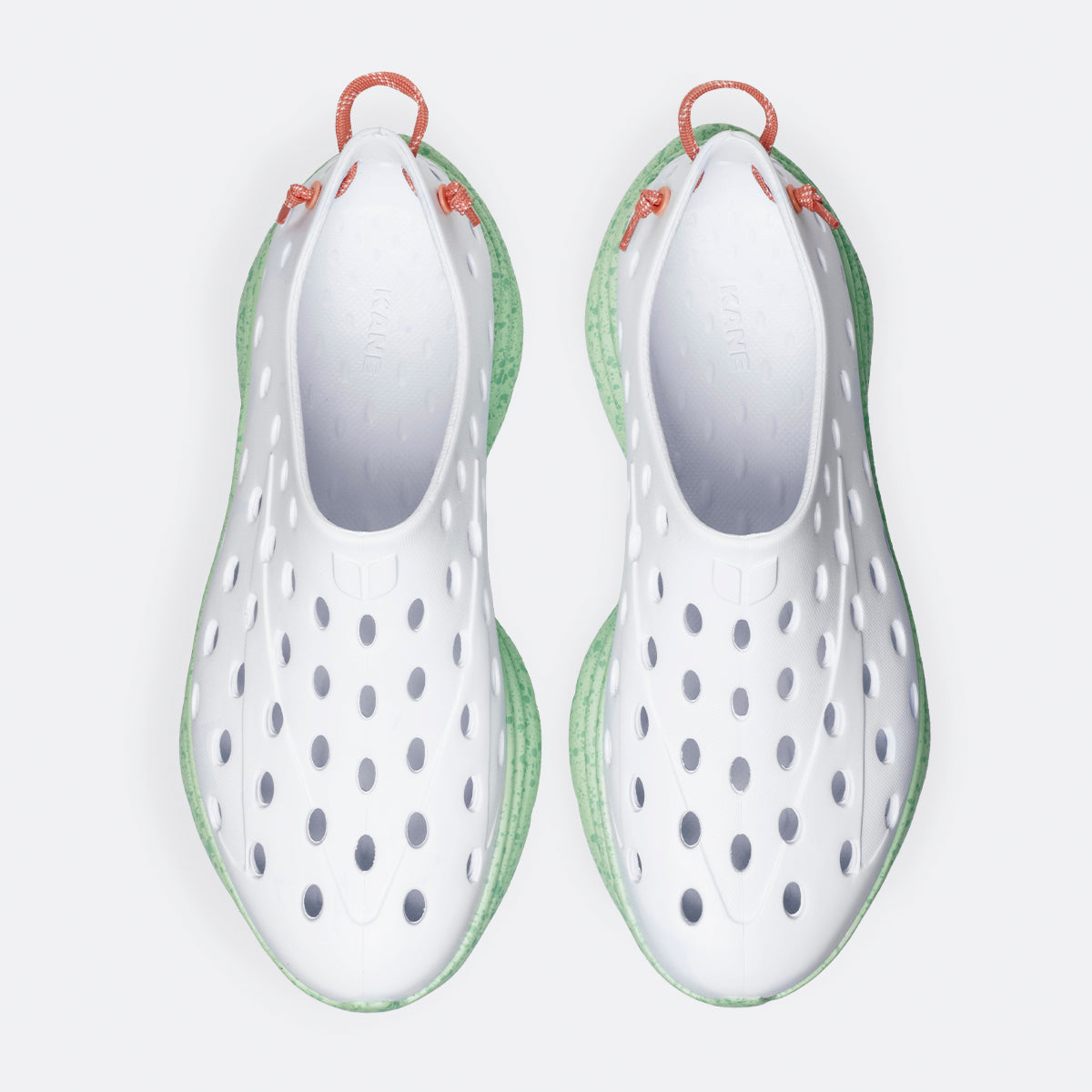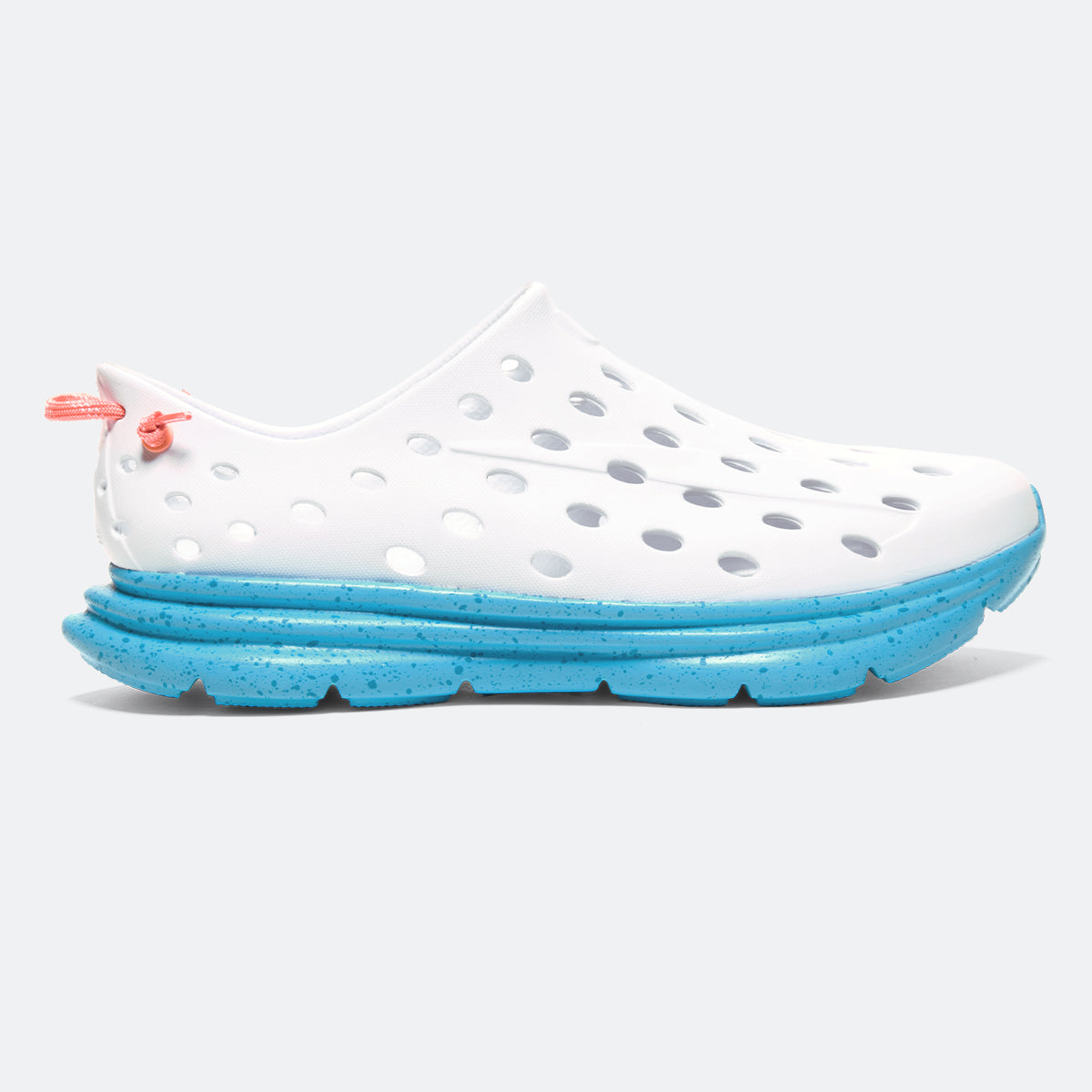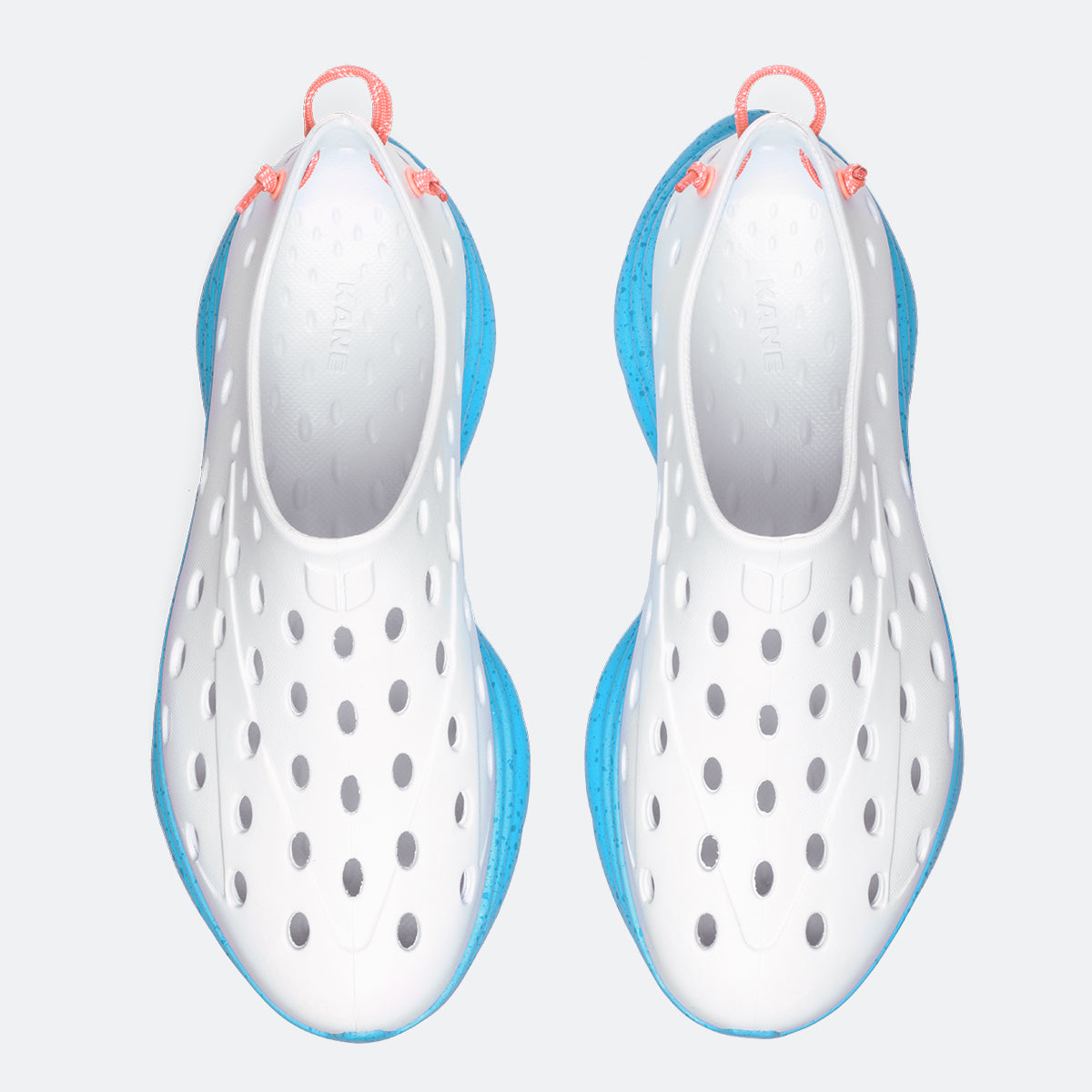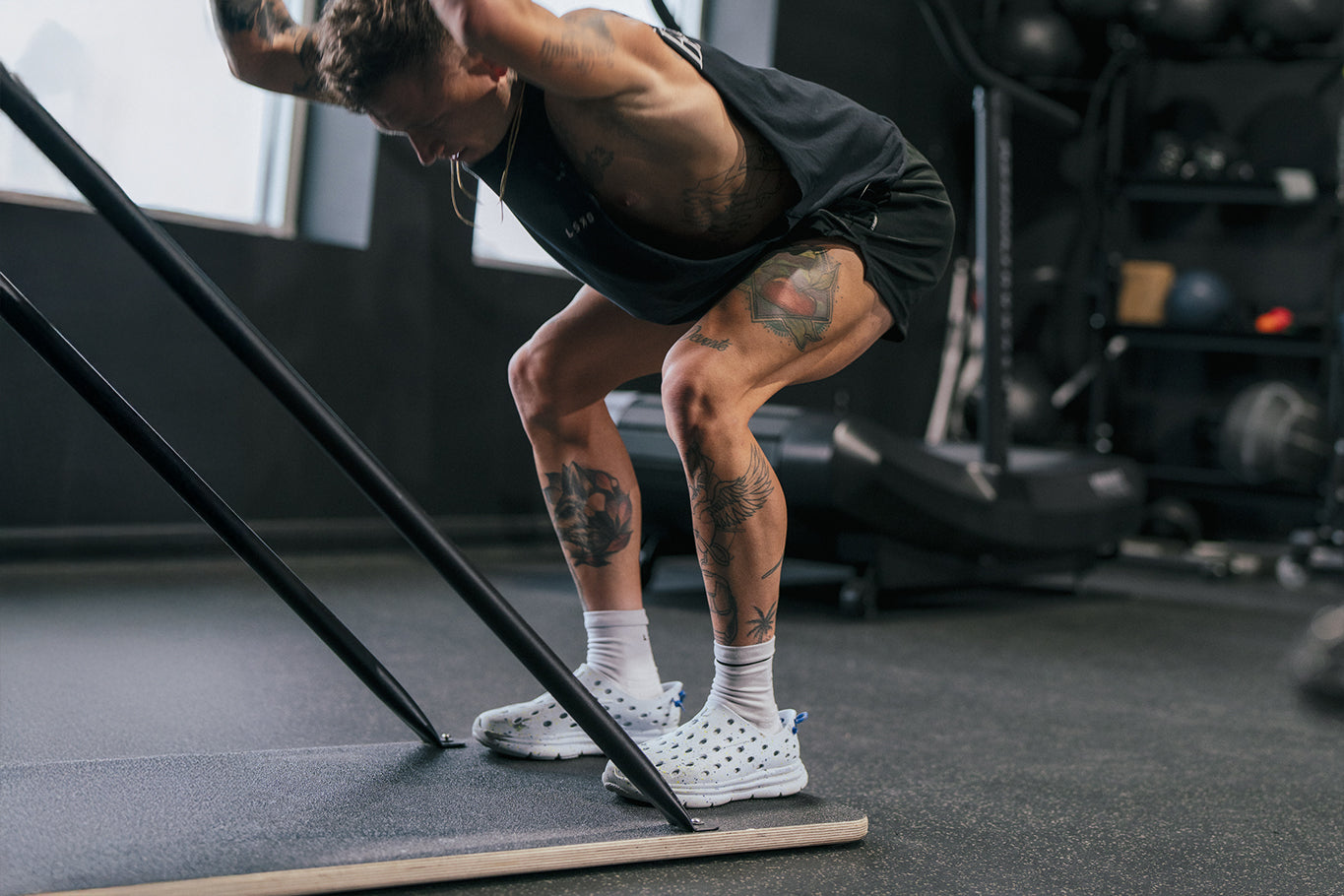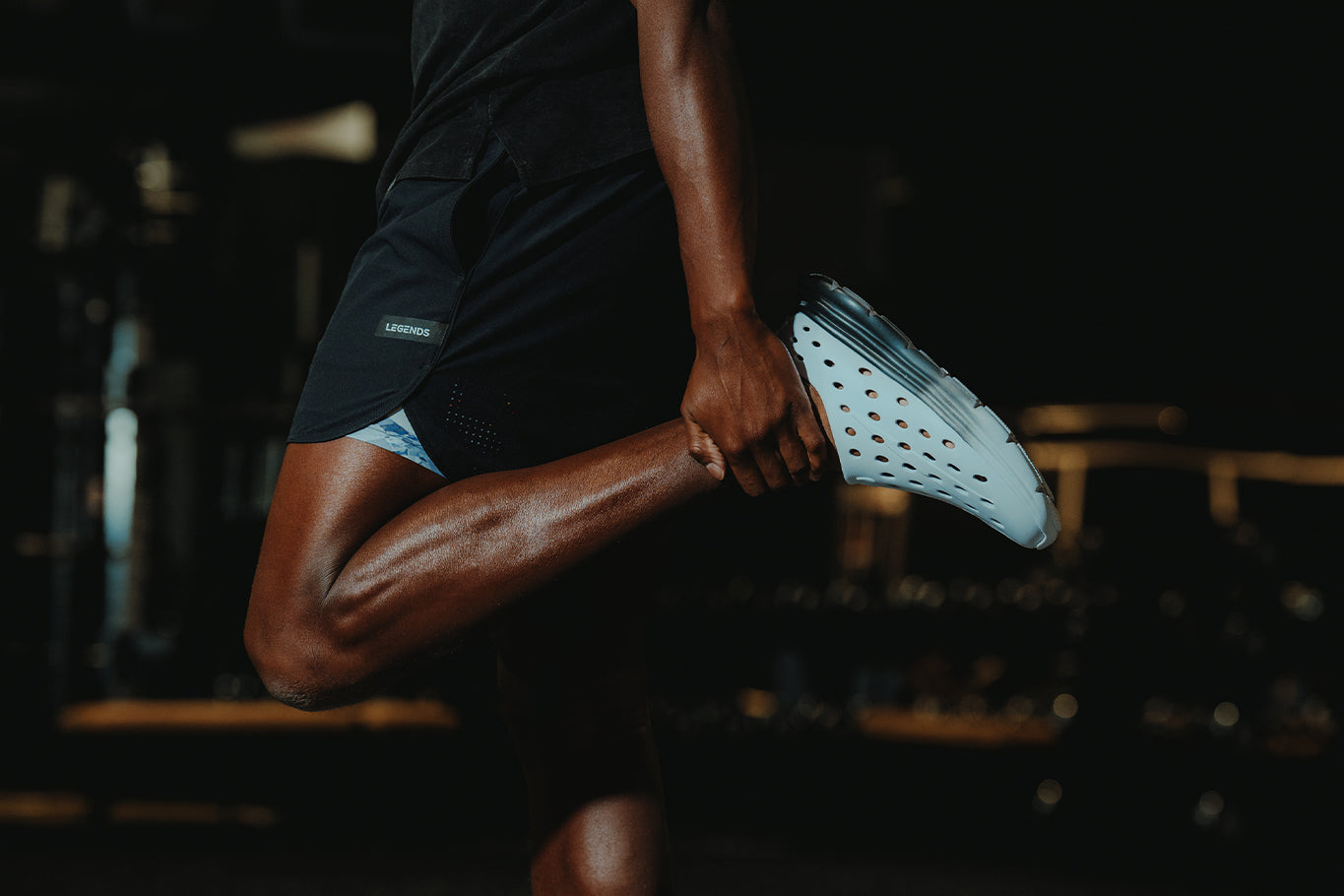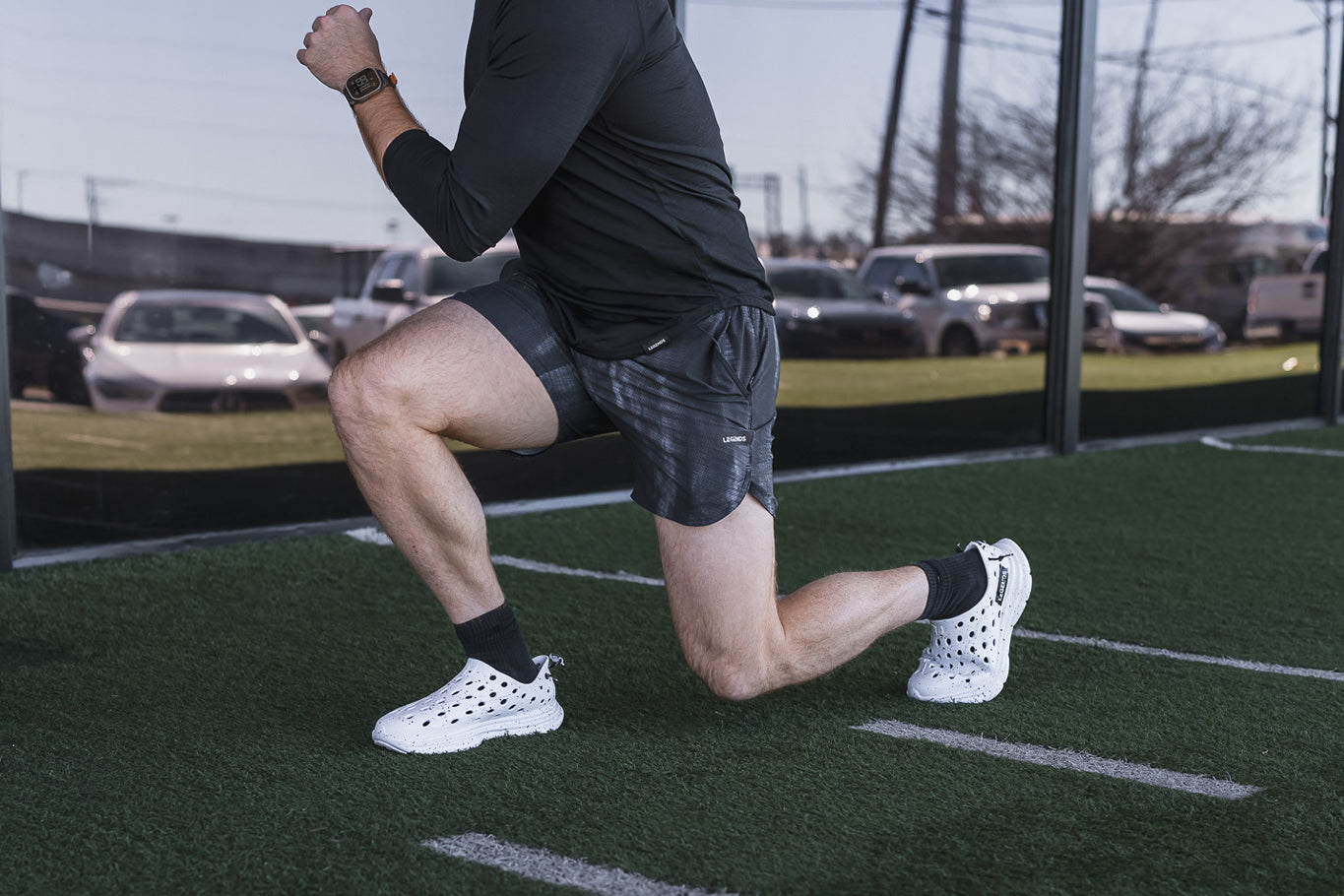Proper hydration goes beyond drinking water to maximize workout performance and recovery. The timing of electrolyte consumption can significantly impact exercise results, energy levels, and how quickly your body bounces back after intense training.
So, should you drink electrolytes before or after a workout? The short answer is that, depending on the workout duration and intensity, consuming electrolytes before, during, and after exercise is often beneficial. This comprehensive guide will help you understand the science of electrolytes, when to consume them for optimal results, and how they fit into your complete hydration and recovery strategy.
What are electrolytes, and why do they matter?
Electrolytes are essential minerals that carry an electric charge when dissolved in bodily fluids. The primary electrolytes include:
- Sodium: Regulates fluid balance and supports nerve function.
- Potassium: Crucial for muscle contractions and heart rhythm.
- Magnesium: Supports muscle function and energy production.
- Calcium: Essential for muscle contractions and bone health.
- Chloride: Maintains proper fluid balance.
- Phosphate and bicarbonate: Help regulate pH levels.
During exercise, especially in hot or humid conditions, your body loses these vital minerals through sweat. According to research, athletes can lose three to four liters of sweat per hour or as much as 10 liters per day. The sodium content in this sweat can vary widely, ranging from approximately 460 mg to 1,840 mg per liter, depending on the individual and the type of activity. Chloride losses can range from 710 to 2,840 mg per liter.
If you only replace the water after a rigorous workout, you can dilute your blood sodium levels, potentially causing an electrolyte imbalance known as hyponatremia. This electrolyte imbalance can manifest as muscle cramps and spasms, unusual fatigue and weakness, irregular heartbeat, confusion or cognitive impairment, and noticeably decreased performance and endurance.
The case for pre-workout electrolytes
Beginning your workout in a well-hydrated state with balanced electrolyte levels provides several advantages:
- Improved cardiovascular efficiency: Proper electrolyte balance helps maintain blood volume, reducing cardiovascular strain during exercise.
- Enhanced thermoregulation: Electrolytes help your body efficiently regulate temperature during intense activity.
- Optimized muscle function: Adequate sodium and potassium levels ensure proper nerve signaling for muscle contractions.
- Mental alertness: Balanced electrolytes support cognitive function during challenging workouts.
Additionally, starting a workout well-hydrated with balanced electrolytes can help prevent dehydration, reduce the risk of muscle cramps, and support overall exercise performance.
When pre-workout electrolytes are most beneficial
Pre-workout electrolyte consumption becomes particularly important under specific circumstances. Morning exercisers should prioritize electrolytes since the body naturally dehydrates during seven to eight hours of sleep without fluid intake. Training in hot or humid environments requires additional electrolyte support as heat dramatically accelerates sweat rate and mineral loss. Athletes with a history of muscle cramps often find that preventative electrolyte consumption reduces painful episodes during training.
Extended training sessions lasting over 90 minutes benefit significantly from starting with optimal electrolyte levels to sustain performance. Additionally, if you're a "salty sweater"—tell-tale signs are when your sweat leaves white residue on clothes or stings your eyes—you likely lose more sodium than average and should compensate accordingly before workouts. It's also important for individuals not acclimated to their training environment or those engaging in high-intensity interval training (HIIT), where sweat rates can be particularly high.
Best practices for pre-workout electrolyte intake
For optimal pre-workout hydration:
- Consume 16 to 24 ounces of fluid about two hours before exercise.
- Drink an additional seven to 10 ounces 15 minutes before starting your workout.
- The sodium content of sports drinks typically ranges from 460 to 1,840 mg per liter (approximately 32 ounces). Higher sodium intake may be beneficial for longer or more intense activities.
- Avoid excessive fluid intake immediately before exercise to prevent discomfort.
- Consider individual sweat rate and composition, which varies significantly between athletes.

The importance of post-workout electrolytes
The post-workout period represents a critical window for replenishing lost electrolytes and jumpstarting recovery.
A 2025 systematic review found that drinking carbohydrate-electrolyte solutions, especially those containing four to nine percent carbohydrates, may be effective for restoring hydration status after exercise.
After intense exercise, your body needs to:
- Restore fluid balance: Replace water and electrolytes lost through sweat.
- Replenish glycogen stores: Rebuild energy reserves in muscles.
- Repair muscle tissue: Support protein synthesis for recovery.
- Reduce inflammation: Minimize excessive post-exercise inflammation.
Proper electrolyte replacement facilitates all these processes, particularly the first, enabling the others to function more effectively.
Signs you need post-workout electrolytes
If specific symptoms persist despite adequate water intake, consider seeing a healthcare provider to discuss post-workout electrolyte replenishment and to rule out any other health concerns.
Dark yellow urine after drinking water can indicate dehydration, and that water alone isn't resolving it. Persistent muscle cramps after exercise suggest mineral imbalances that need addressing, while excessive fatigue that seems disproportionate to your workout intensity can signal electrolyte depletion, affecting your recovery.
Headaches following training sessions, especially those not responding to hydration alone, can stem from electrolyte imbalances. If you experience nausea or light-headedness after workouts, your body may struggle to maintain proper fluid and electrolyte balance. Irregular or racing heartbeat and confusion are also potential signs of electrolyte imbalance. Perhaps most telling is the development of intense salt cravings post-exercise—your body's direct way of signaling its need for sodium replenishment.
Electrolyte needs can vary significantly between individuals, depending on factors such as sweat rate and composition. If you experience persistent symptoms, it's crucial to consult with a healthcare professional for personalized advice.
Natural vs. commercial electrolyte sources
While commercial sports drinks offer convenience, natural sources can provide electrolytes with additional nutritional benefits. Natural electrolyte sources include:
- Coconut water: Rich in potassium (600 mg per cup).
- Bananas: Contain potassium (422 mg per medium banana).
- Watermelon: Provides natural hydration with magnesium and potassium.
- Greek yogurt: Contains calcium, potassium, and sodium.
- Leafy greens: High in magnesium and calcium.
- Pink Himalayan salt: Contains multiple trace minerals alongside sodium.
- Avocados: High in potassium (485 mg per half avocado) and magnesium.
- Nuts and seeds: Good sources of magnesium and other minerals.
While natural sources provide electrolytes, they may not be in the ideal ratios for rapid rehydration during or after intense exercise. For prolonged or high-intensity workouts, specially formulated sports drinks may be more effective.
The complete recovery ecosystem: Beyond electrolytes
While proper hydration and electrolyte balance form the foundation, optimal recovery requires a holistic approach. This is where integrating internal factors, such as electrolyte replenishment, proper nutrition timing and composition, and external recovery factors, such as contrast therapy (hot/cold) and recovery footwear, comes in.
Discover Kane Recovery Shoes!
Just as electrolytes restore your internal balance after exercise, Kane's recovery shoes are specifically designed to support your body's external recovery needs.
Kane Revive provides excellent support, comfort, and durability for those needing top-notch recuperative footwear. These kicks come with all the right features to assist you during your rehabilitation journey, featuring an adjustable hook-and-loop single-strap synthetic upper, plush TPR footbed, and durable injected EVA outsole.
Aside from providing quality products, they are also committed to sustainability. They have become a Certified B Corporation while dedicating 1% of their overall profits to environmental charities.
When and how to wear Kane Revive
The best time to wear most recovery shoes is directly after a strenuous activity such as running or exercising—the same window during which you should consume electrolytes. This timing ensures you’re supporting recovery from both inside and out.
To guarantee maximum comfort and effective recuperation, ensure you wear your footwear correctly by tying up laces securely for a snug fit around your feet.
Frequently asked questions
Is it better to drink electrolytes before or after a workout?
The best time to consume electrolytes depends on factors like workout type, duration, and your body's needs. However, taking electrolytes before, during, and after exercise is generally helpful.
If you're planning a high-intensity workout, sweating heavily, or exercising in hot conditions, consider taking electrolytes one to two hours before exercise. This timing can boost muscle power, endurance, and performance while preparing your body for electrolyte loss through sweat.
Sipping electrolytes every 15 to 20 minutes for workouts lasting over 60 to 90 minutes helps maintain hydration and prevent dehydration, ensuring steady performance.
Post-workout electrolytes are key for replenishing fluids, aiding muscle recovery, and reducing fatigue and headaches.
A balanced approach to electrolyte intake before, during, and after exercise is usually the most effective for performance and recovery. However, you may not need extra supplementation for shorter or less intense workouts lasting less than an hour or if you eat a balanced diet.
When should I drink electrolytes?
Electrolytes help maintain fluid balance and support essential bodily functions. The best time to drink them depends on your activity and needs. Generally, consuming them before, during, and after intense physical activity is beneficial, especially if you work out for more than 60 to 90 minutes or in hot conditions.
Drinking electrolytes one to two hours before exercise can help prepare your body. During prolonged exercise, sipping an electrolyte drink every 15 to 20 minutes helps maintain hydration and performance. Afterward, replenishing electrolytes supports recovery and restores what's lost through sweat.
Electrolytes can also be helpful when you're sick, after using a sauna, or when starting your day, as these situations can cause imbalances. Listen to your body and adjust your intake based on activity level and environmental factors to maintain balance.
For most moderate exercise sessions lasting less than an hour, water and a balanced snack are typically sufficient to replenish electrolytes. However, individual needs may vary, so it's best to consult a registered dietitian for personalized advice.
Is it better to drink Gatorade during or after a workout?
The best time to drink Gatorade depends on your workout’s duration and intensity:
- Before workout: Some athletes benefit from consuming Gatorade one to two hours before intense exercise to prepare their bodies.
- During workout: It’s ideal for high-intensity exercises lasting over 60 to 90 minutes or outdoor activities over 30 minutes in hot conditions. Consider sipping Gatorade every 15 to 20 minutes for optimal hydration during longer workouts.
- After workout: It helps replenish electrolytes and supports recovery, especially after intense or prolonged exercise.
Water is typically sufficient for shorter, less intense workouts (under 60 minutes), and Gatorade may not be necessary. Individual needs may vary, and consulting with a sports nutritionist can help determine the best hydration strategy for your situation.
Are electrolytes the same as pre-workout supplements?
Electrolytes and pre-workout supplements are different, though they may share some ingredients.
Electrolytes are minerals like sodium, potassium, magnesium, and calcium that help with hydration, muscle function, and nerve signaling. They’re primarily used to replenish minerals lost during exercise.
Pre-workout supplements are designed to boost exercise performance and typically contain a variety of ingredients, such as:
- Caffeine for energy and focus
- Beta-alanine to reduce muscle fatigue
- Creatine for strength and power
- Branched-chain amino acids to support muscle growth and decrease muscle soreness
- Citrulline malate to enhance blood flow and reduce fatigue
Some pre-workouts may contain electrolytes but focus more on performance enhancement, while electrolyte supplements focus on hydration and maintaining mineral balance.
Pre-workouts aren't necessary for everyone. Proper nutrition, hydration, and rest are often enough. However, it's important to note that pre-workout supplements can have side effects, such as digestive symptoms, irregular heartbeat, and changes in blood pressure. It’s a good idea to consult a healthcare professional before taking new supplements.
Can I take pre-workout and electrolytes?
Yes, you can generally safely combine pre-workout supplements and electrolytes. However, being cautious about potential ingredient overlaps and total caffeine intake is essential. Many pre-workout formulas already contain some electrolytes, so check the labels to avoid excessive consumption. As always, it's best to consult with a healthcare professional before combining supplements, especially if you have any underlying health conditions or concerns.
No content on this site should ever be used as a substitute for direct medical advice from your doctor or other qualified clinicians.





